Vintage motorcycles converge on Ponoka
Over 100 vintage motorcycle collectors converged on Ponoka last weekend to show off their antiques.
It was all part of the Central Alberta Vintage Motorcycle Group’s 21st annual vintage motorcycle rally.
What brings everyone together for these events are the stories of how these motorcycles were created, when they were created and then how they were found, collected and restored.
From the old Indian Motorcycles and Harley Davidsons to small little scooters that could be ordered in the Eaton’s catalogue, the stories that come with these bikes, is a big part of the excitement.
There was one pair of old Harley Davidson motorcycles that had riders and collectors alike pausing to take a look at and take pictures of. Those bikes were a 1939 Harley Davidson WLDD and a 1942 Harley Davidson 42XA.
Bernie Baker is a restorer with the Reynolds Historic Preservation Foundation, which locates these special collectables for the Reynolds-Alberta Museum in Wetaskiwin. He was able to tell some of the history of the creation of these motorcycles.

The WLDD is based on a racing motorcycle and was designed for speed. “It’s a hot rod Harley. It’s the hottest Harley made in 1939,” said Baker.
Anything to make the WLDD a performance motorbike, the company did. It was based on a 1936 WLDR racing motorbike that wasn’t available to the public.
“Everybody wanted these things but they couldn’t buy it. So in 1939 they made 273 of these,” said Baker referring to the WLDD.
The museum owns one of them.
The 42XA, painted in army green, is a direct copy of a BMW R71 that the Germans used in the Second World War. The challenge at the time was finding a motorcycle that could handle the hot summers, said Baker, adding that the Harleys would overheat.
So the United States government took four of the BMWs and gave two each to Harley Davidson and Indian Motorcycles to create a copy of. Baker says that Harley Davidson basically reverse engineered the BMWs and came up with the 42XA. “They put their own front end on it.”
The government commissioned 1,000 motorcycles but then decided not to use them after seeing development of the Jeep.
“It was easier to get four guys on a jeep than four guys on a motorcycle,” explained Baker.
In 1944 the contract was paid out to Harley Davidson and the motorcycles began to be sold. Getting parts however, was a problem. The U.S. government didn’t release the parts for sale for many years.
“The parts sat in pallets and boxes in Harley Davidson’s parking lot in Juno Avenue of Milwaukie (Oregon) until 1959,” explained Baker adding they were bought by a dealer on the east coast who sold the parts for about 30 years.

“And then the Harley dealer in Fort McMurray found out where all the rest of the XA parts were and bought them all.”
The museum has one of the last 50 known 42XAs still around. Its registered as number 17 of the 1,000.
Baker says the museum is fairly certain that specific motorcycle was one of the few that the Canadian government bought and tested in the Royal Canadian Ordnance Corps in Barriefield, Ont. Those motorcycles were tested by a man by the name of Bernie Nicholson, known for his texts related to motorcycle care and maintenance.
“He was the development rider for the Canadian military so he rode these things and suggested a bunch of changes. They made a lot of them but the army still didn’t want them,” explained Baker.
“It’s really an incredible story.”
With each motorcycle shown, there was a story to be told. Along with the show and shine was a poker run and games for motorcycle enthusiasts.


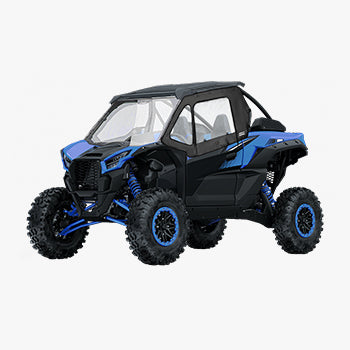

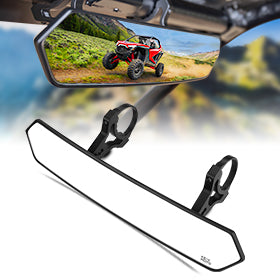
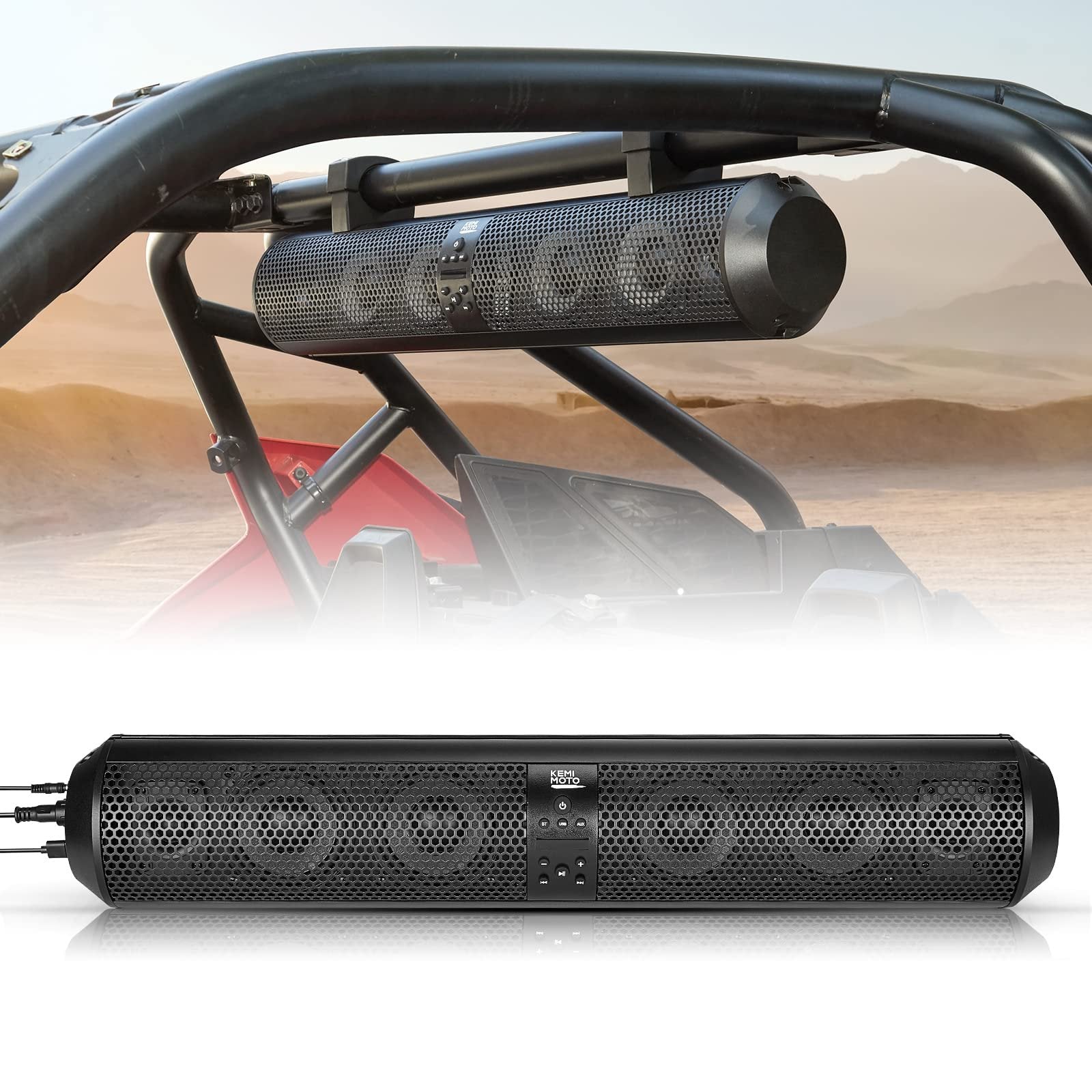
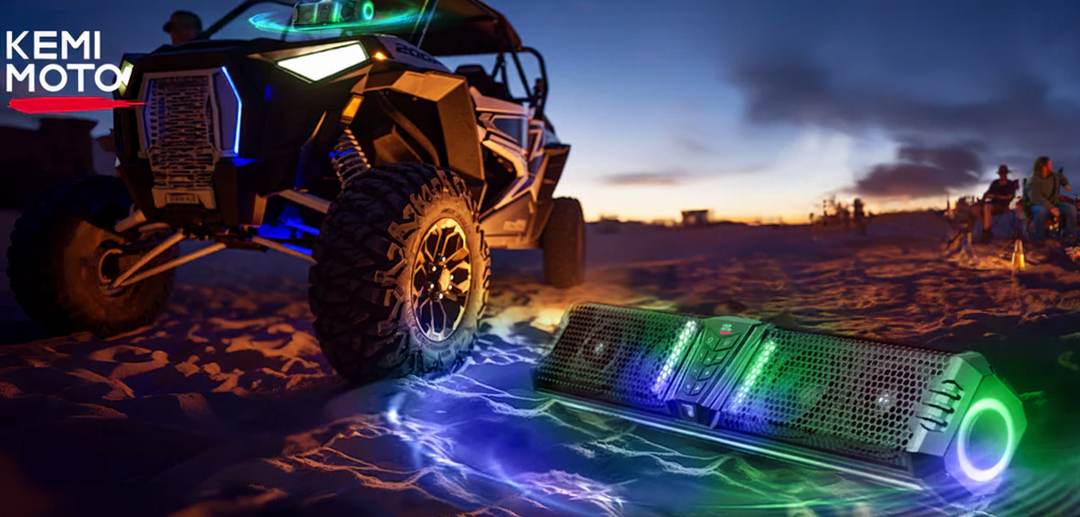
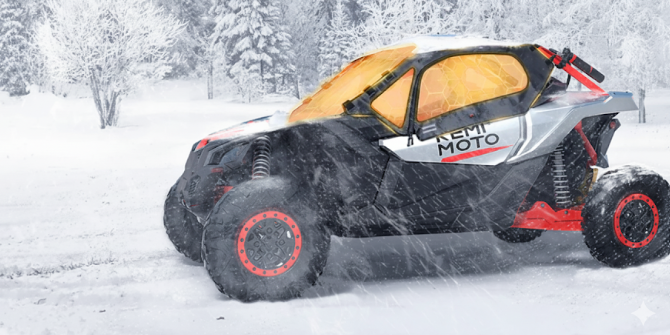
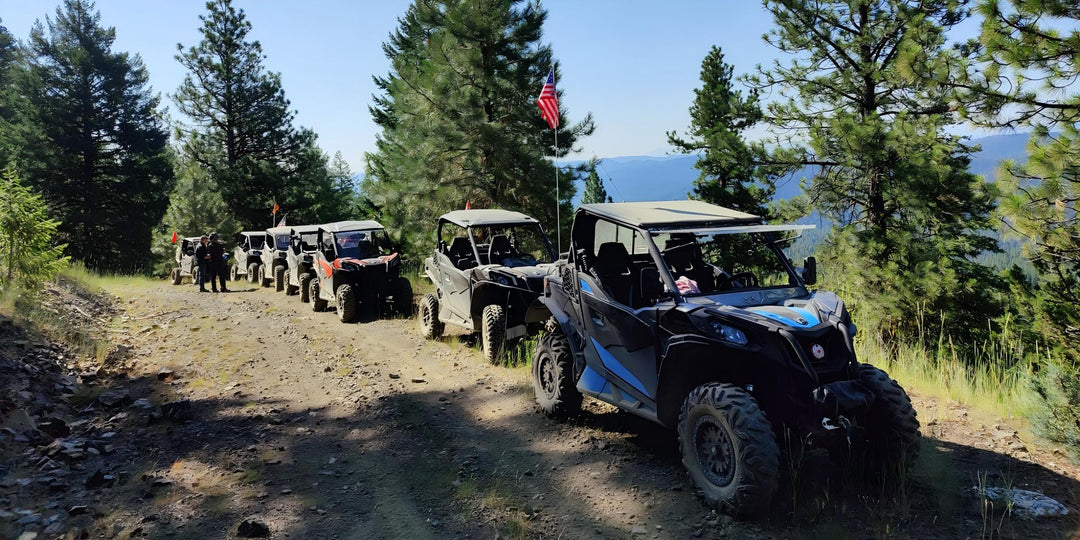
Leave a comment